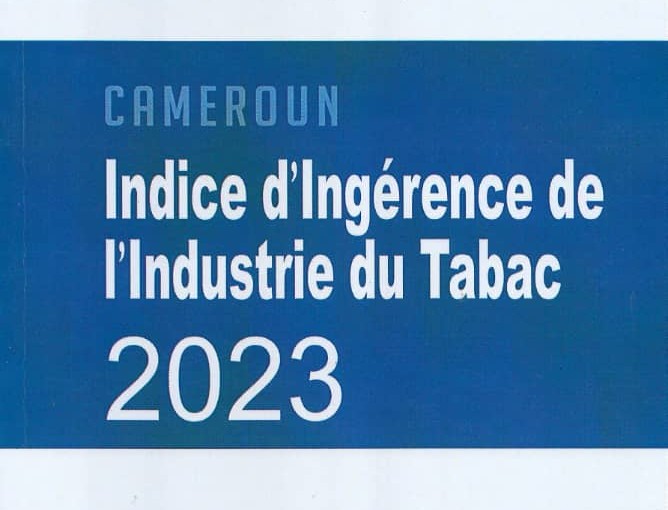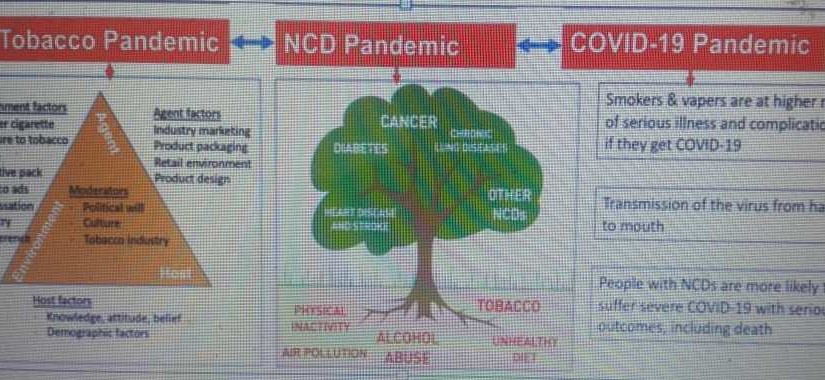WHO’s tobacco control treaty, which came into effect in 2005, has achieved a 2.5 per cent reduction in global smoking rate, according to a study published in The Lancet Public Health. According to the WHO, tobacco use causes nearly six million deaths a year globally.
The WHO Framework Convention on Tobacco Control (WHO-FCTC) obligates the 180 countries committed to it to implement strong evidence-based policies, including five key measures: high tobacco taxes, smoke-free public spaces, warning labels, comprehensive advertising bans, and support for stop smoking services.
Public health experts note that the WHO-FCTC has been a success in reducing tobacco use in countries that engage in strong implementation and have had their smoking rates decline at a level much greater than those countries that did not.
For the study published in Lancet, the team analysed WHO data from 126 countries (116 parties and 10 non-parties), tracking strong implementation of the five key demand-reduction measures from 2007 to 2014, and examining the association between the number of measures fully implemented, and country’s smoking rates from 2005 to 2015.
Those countries fully implementing more of these measures experienced significantly greater reductions in smoking rates.
Overall, each additional measure implemented at the highest level was associated with a reduction in smoking rates of 1.57 percentage points, which corresponds to 7.1 per cent fewer smokers in 2015, relative to the number of smokers in 2005.
On average, smoking rates across the 126 countries went down from 24.7 per cent in 2005 to 22.2 per cent in 2015 – a reduction of 2.5 per cent.
Experts note that while progress of the WHO Framework Convention on Tobacco Control has been remarkable, there are still far too many countries where domestication of the treaty and its implementation has fallen short.
They note that one important cause of this setback is the tobacco industry’s influence, particularly in low- and middle-income countries.

 (
( (
(







